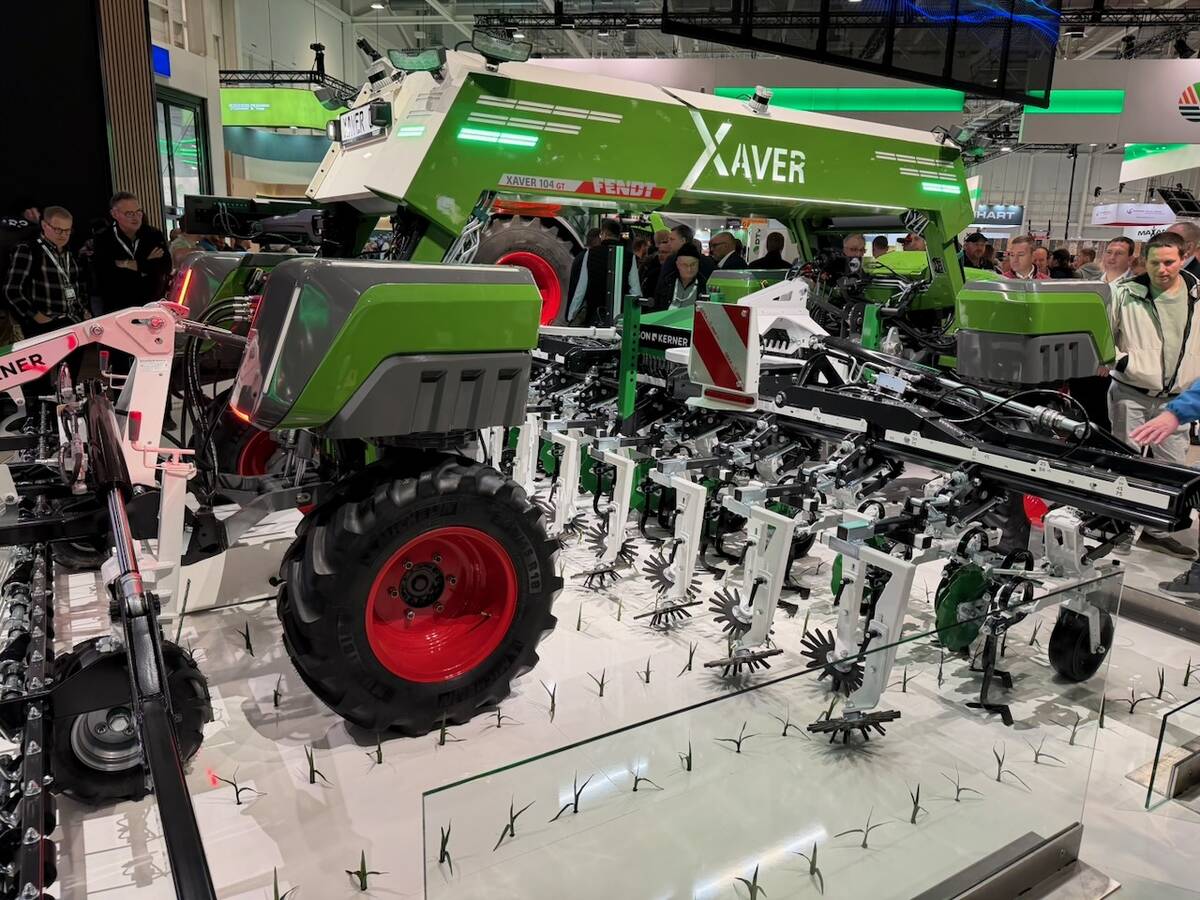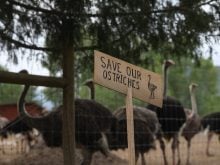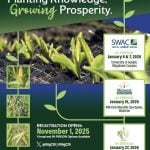James Kroll spoke about Saskatchewan’s potential as a white-tailed deer producer the way a travel agent might discuss heaven as a tourist destination.
The tall Texan college professor is known in deer circles as Dr. White-tail, because of the depth of his knowledge on the subject. His opinion of the Saskatchewan potential encouraged local breeders when he spoke to the Saskatchewan White Tail and Mule Deer Producers Association convention in Saskatoon recently.
“Some Texas ranchers are learning that they can make more money off of deer than they can cattle,” said Kroll.
Read Also

VIDEO: Agritechnica Day 4: Robots and more robots, Nexat loves Canada and the trouble with tariffs
Agritechnica Day 4: Robots and more robots, Nexat loves Canada and the trouble with tariffs.
“That tells you something about agriculture these days, but it also says something about land use. Deer are both efficient and they are in demand.”
Kroll said game management is a form of agriculture and farmers should use the natural advantages and experience they have in raising animals.
The industry has three distinct divisions at this point, he said: the recognizable production of breeding stock, the meat market, hunting and trophies.
The latter may be one of the most lucrative markets for deer producers, said Kroll.
Changed regulations
Game farm regulations changed in Saskatchewan in the past two years, allowing producers to offer hunting of farm-raised animals to licensed hunters, domestic and foreign.
“It gives our growers a market for their hunt bucks,” said Ron Friesen, president of the Saskatchewan deer producers association. “Without hunt bucks there isn’t a very profitable market for our deer. You couldn’t make it on meat alone.”
Deer farmers in Saskatchewan have several natural advantages, Kroll said.
“You have the cold winters. That controls disease and parasites. You have a population that readily accepts hunting and the establishment of hunt farms. You have land available for these kinds of developments. You have big deer. These are all natural advantages.”
The American expert suggested Saskatchewan growers be careful to provide hunting habitats that provide fair chase areas with natural densities of deer and adequate cover so animals have a chance to escape detection.
“We already have too many deer being raised on farms in southern Texas where the hunting is more of a drive-by shooting or a mugging event. You don’t want to have those places up here.”














